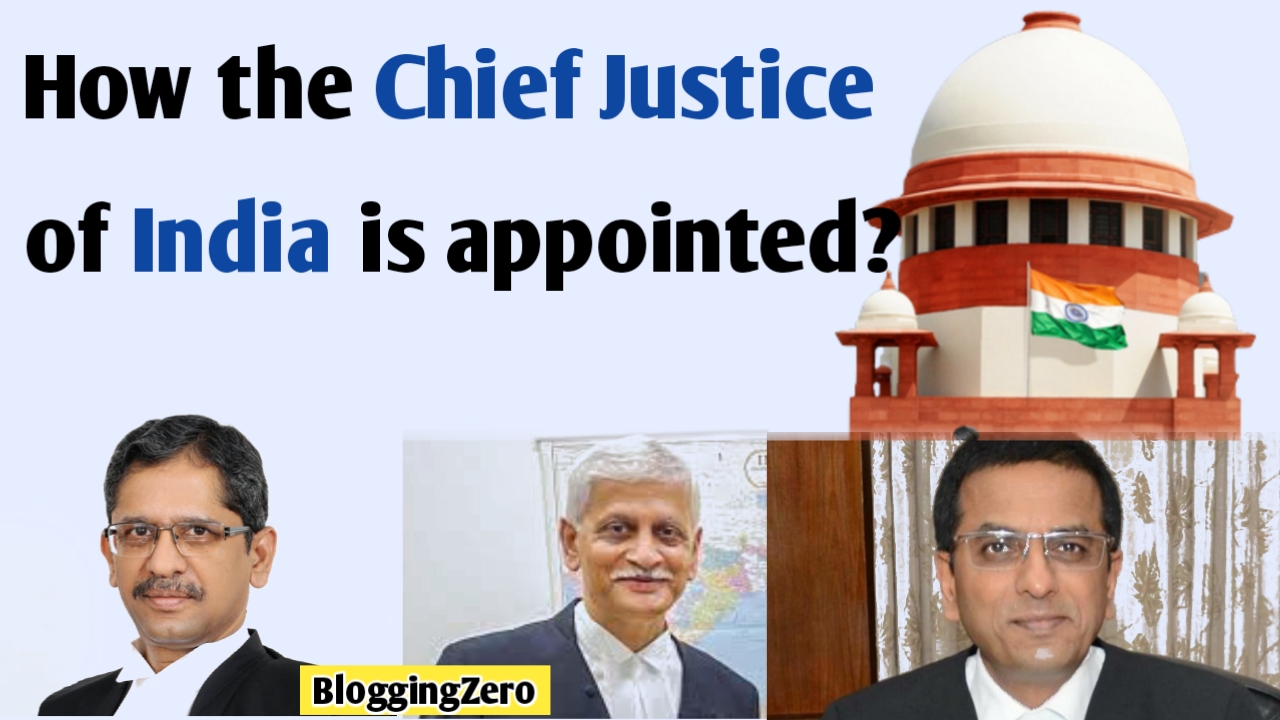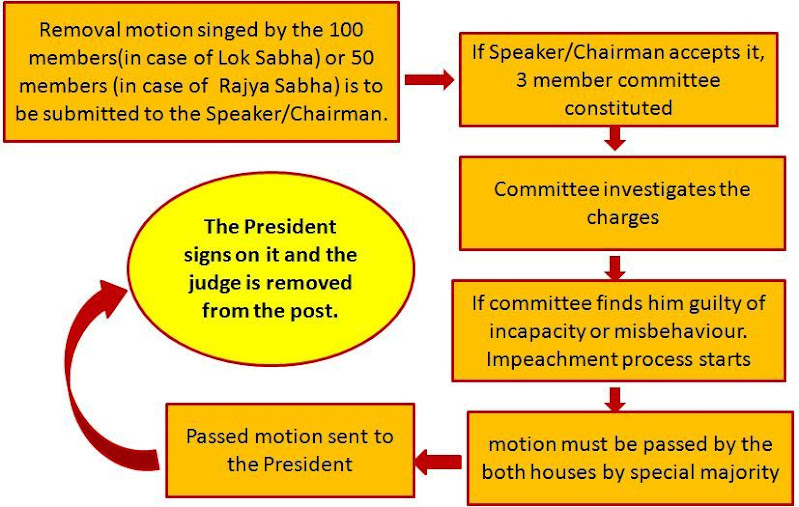
Justice Uday Umesh Lalit 27 अगस्त, 2022 को भारत के 49वें मुख्य न्यायाधीश (Chief Justice of India) बने। Justice UU Lalit से पहले Justice NV Ramana भारत के 48वें मुख्य न्यायाधीश/Chief Justice of India थे। Justice Ramana 22 अगस्त 2022 को सेवानिवृत्त हुए, उसके बाद Justice Uday Umesh Lalit ने भारत के 49वें मुख्य न्यायाधीश/Chief Justice of India/CJI के रूप में शपथ ली।
Who appoints the Chief Justice of India?
As per the Procedure, President appoints the Chief Justice of India. The Chief Justice of India and the other judges of the Supreme Court are appointed by the President under clause (2) of Article 124 of the Constitution of India. Article 124 says that the appointment by the President is to be made "after consultation" with the judges of the Supreme Court, as the President "Thinks necessary".
Article 217, which deals with the appointment of judges of the High Court, states that the President must consult the Chief Justice of India, the Governor and the Chief Justice of the concerned High Court. Moreover, the tenure of the CJI is till he attains the age of 65 years, while the High Court judges retire at the age of 62 years.
Who can become the CJI/Chief Justice of India and When?
Following are the requirement for CJI:-
- First of all, a Person must be a Citizen of India,
- The person has been, for not less than five years, a continuous judge of a High Court or of two or more such courts,
- The person must have been for at least ten years an advocate of a High Court or of two or more such Courts in succession,
- The person should be a distinguished jurist in the opinion of the President.
What is the procedure to appoint the Chief Justice of India?
As per the procedure, the Senior-most judge of the Supreme Court is designated as the CJI. As is the procedure, the formal recommendation of the new Chief Justice of India is sought from the incumbent CJI/ Chief Justice of India, usually about a month before the date of retirement of the incumbent CJI.
A Judge in the Supreme Court is considered to be senior not by their age but by their years of experience serving as a Judge.
The collegium is constituted on the basis of seniority of the judges. The collegium then decides the succession to the post of Chief Justice of India.
The incumbent or current CJI recommends the senior-most judge of the apex court officially to the Ministry of Law and Justice. The Ministry then forwards the letter to the Prime Minister, according to the existing Memorandum of Procedure.
After that, the Prime Minister advises the President on the recommendation. The President then, under the powers of Article 124(2) makes the appointment to the Chief Justice of India / CJI and the other Judges of the Supreme Court.
What is the procedure for Removal of the Chief Justice of India?
The removal or impeachment of the CJI is done only on this two grounds-
- Misbehaviour,
- Incapacity.
The Judges Enquiry Act (1968), regulates the procedure related to the removal of the judge of the Supreme Court by the process of impeachment. The constitution states: “A Judge of the Supreme Court shall not be removed from his office except by an order of the President passed after an address by each House of Parliament supported by a majority of the total membership of that House and by a majority of not less than two-thirds of the members of that House present and voting”, with the address in the same session presented to the President for removal on one of the two grounds – proved misbehaviour or incapacity.
